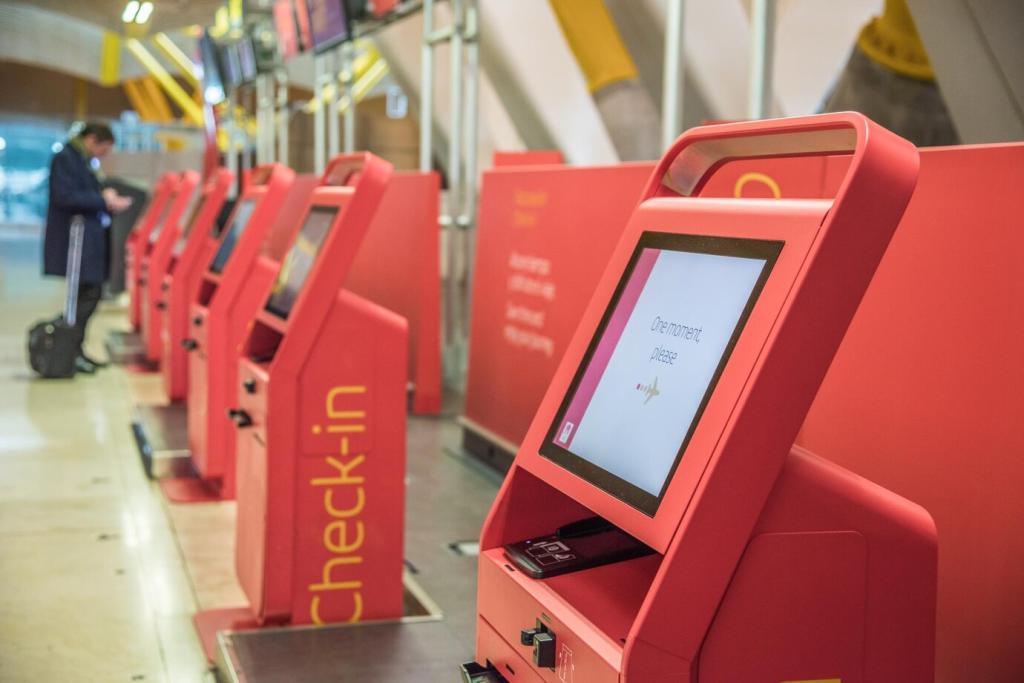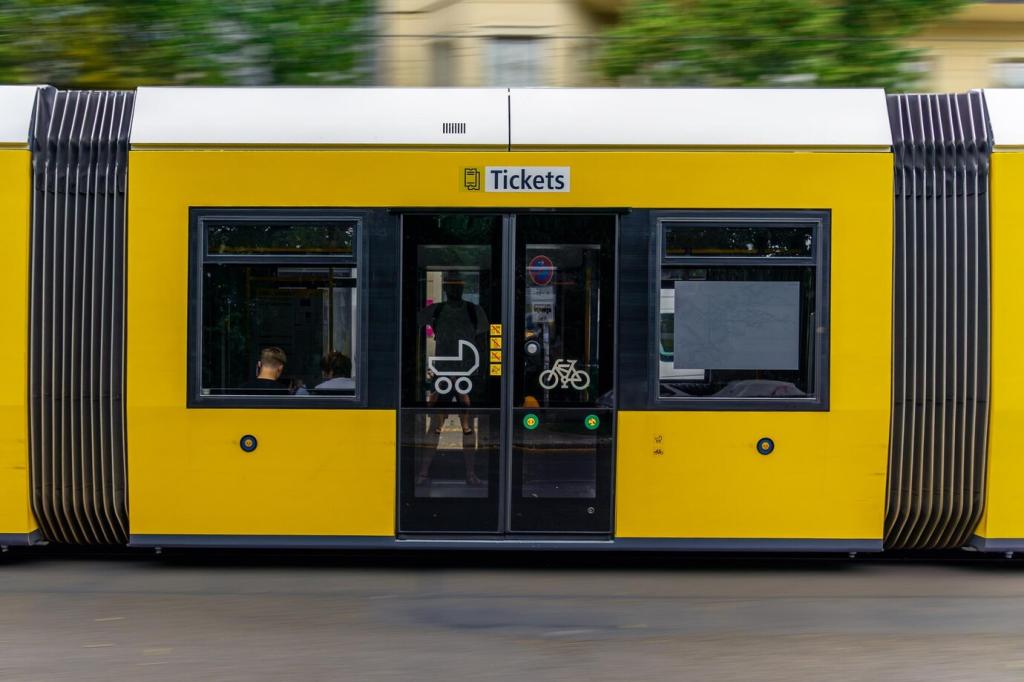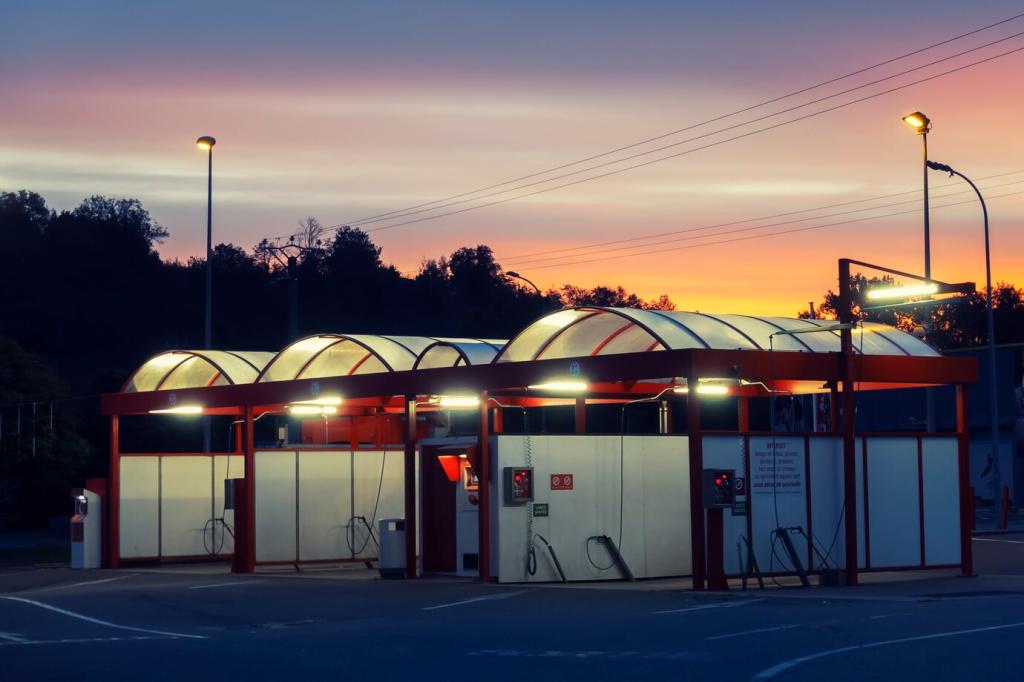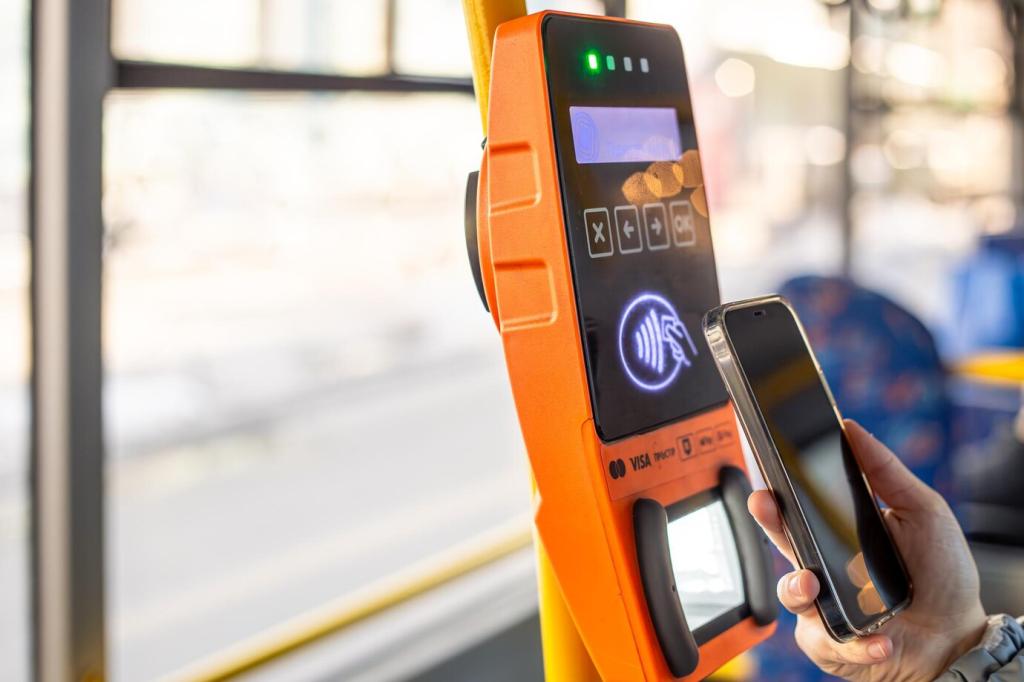Architecture That Welcomes EVs and Hybrids
Hybrid drivers typically rely on AC Level 2, while many EVs need high-power DC fast charging. Hubs integrate both, routing power intelligently and signaling availability in real time, so drivers choose the right connector without trial, error, or anxious guesswork.
Architecture That Welcomes EVs and Hybrids
From CCS and NACS to Type 2, connector variety can be daunting. Multi-vehicle hubs reduce confusion with prominent labels, app-based matching, and color-coded pedestals that guide plug-in hybrids to AC and direct EVs to DC, minimizing mismatches and queue friction.







